The Battle of the Somme, July 1916
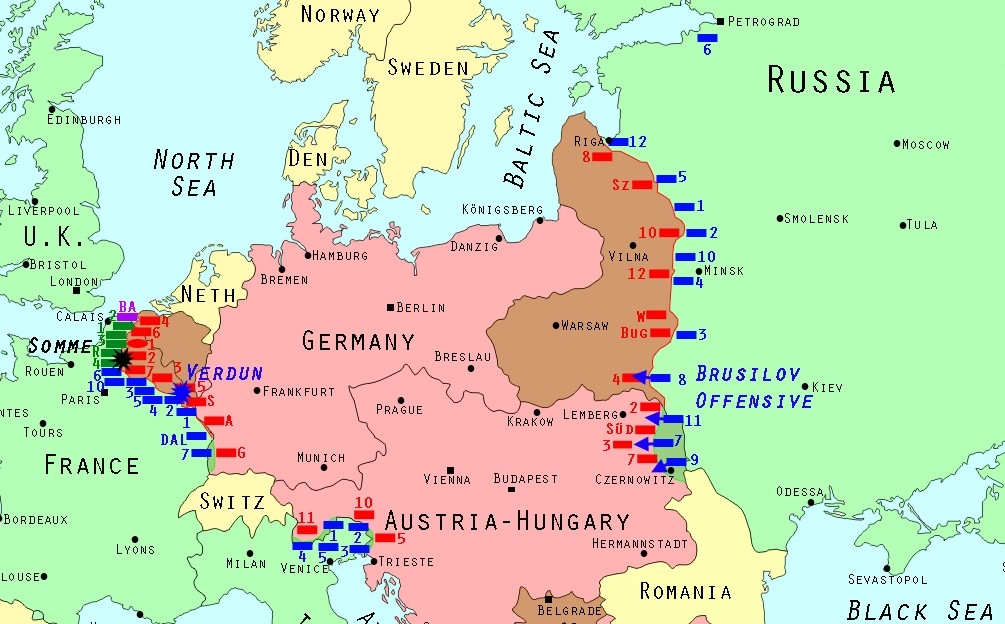
In December 1915, the leaders of the French, Russian, British and Italian armies agreed to launch a combined offensive against the Germans and Austro-Hungarians in mid-1916. The British and French were to mount a major offensive in the Somme River sector of the Western Front. However, the massive German attack against the fortress city of Verdun forced the French commanders to divert many of the divisions intended for the Somme attack. This made the Somme attack primarily a British operation.
The German defences along the Somme were formidable: three major trench lines, two 30 metre wide belts of barbed wire, steel and concrete underground shelters up to nine metres deep, underground telephone lines connecting the trenches to the reserves, the command centres and artillery batteries, and a series of strong points 900 metres behind the trench lines.

The British plan was relatively simple. First they would assemble the greatest quantity of high explosive shells ever seen, then the artillery would pound every known German position within 5 km of the front for five straight days. Sappers would fill tunnels under the German lines with tons of high explosives. Then on the morning of July 1st the guns would suddenly stop, the mines would explode and three waves of British soldiers would mop up any Germans who had somehow survived the greatest bombardment in history. The Britsh commanders expected the first wave would penetrate 1-2 km, the second wave would penetrate 3-4 km and the third wave would advance up to 8 km.
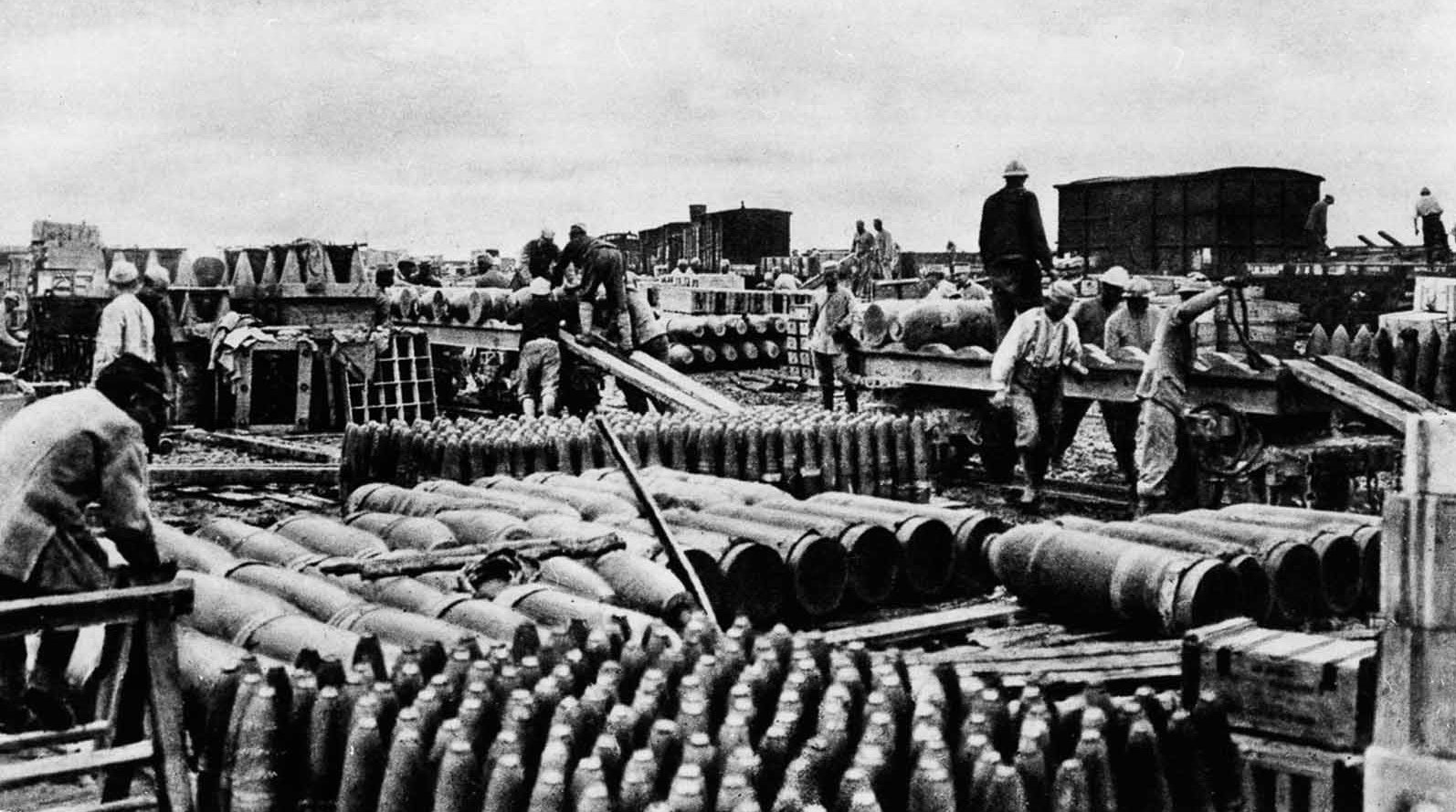
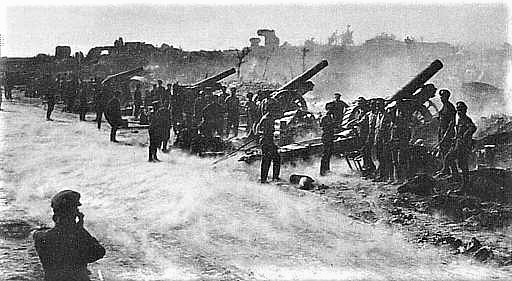
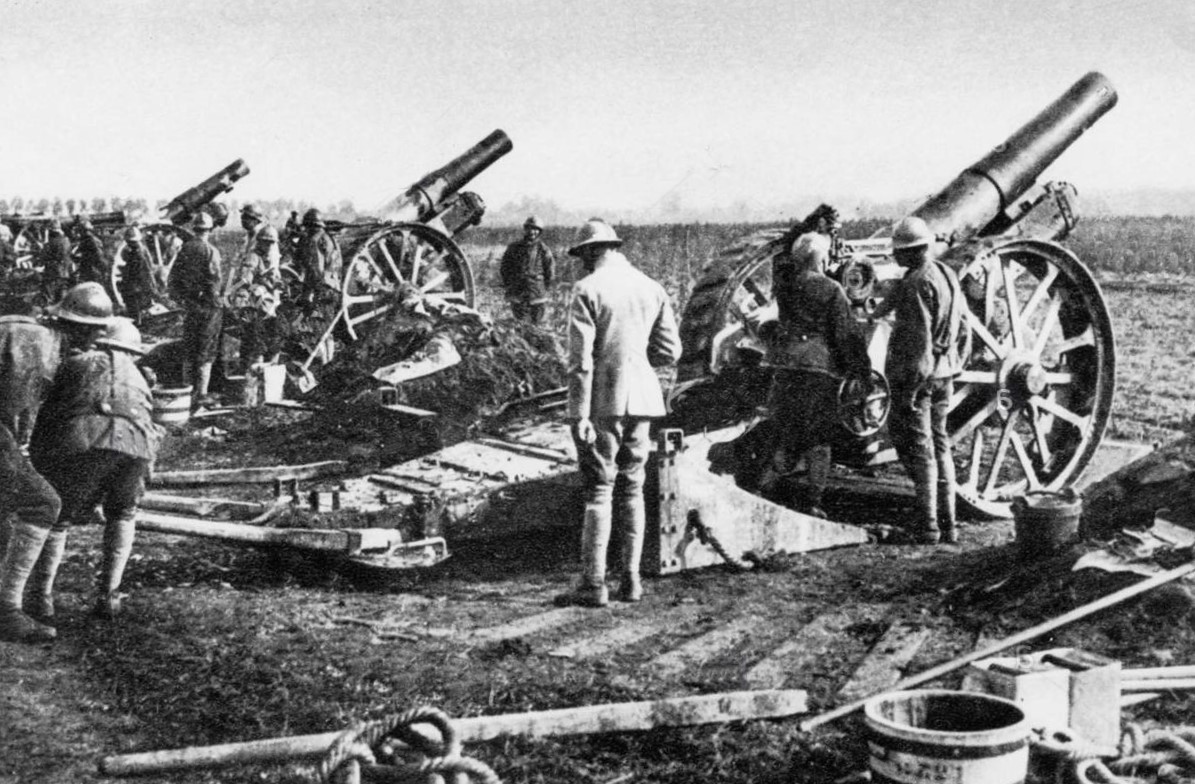
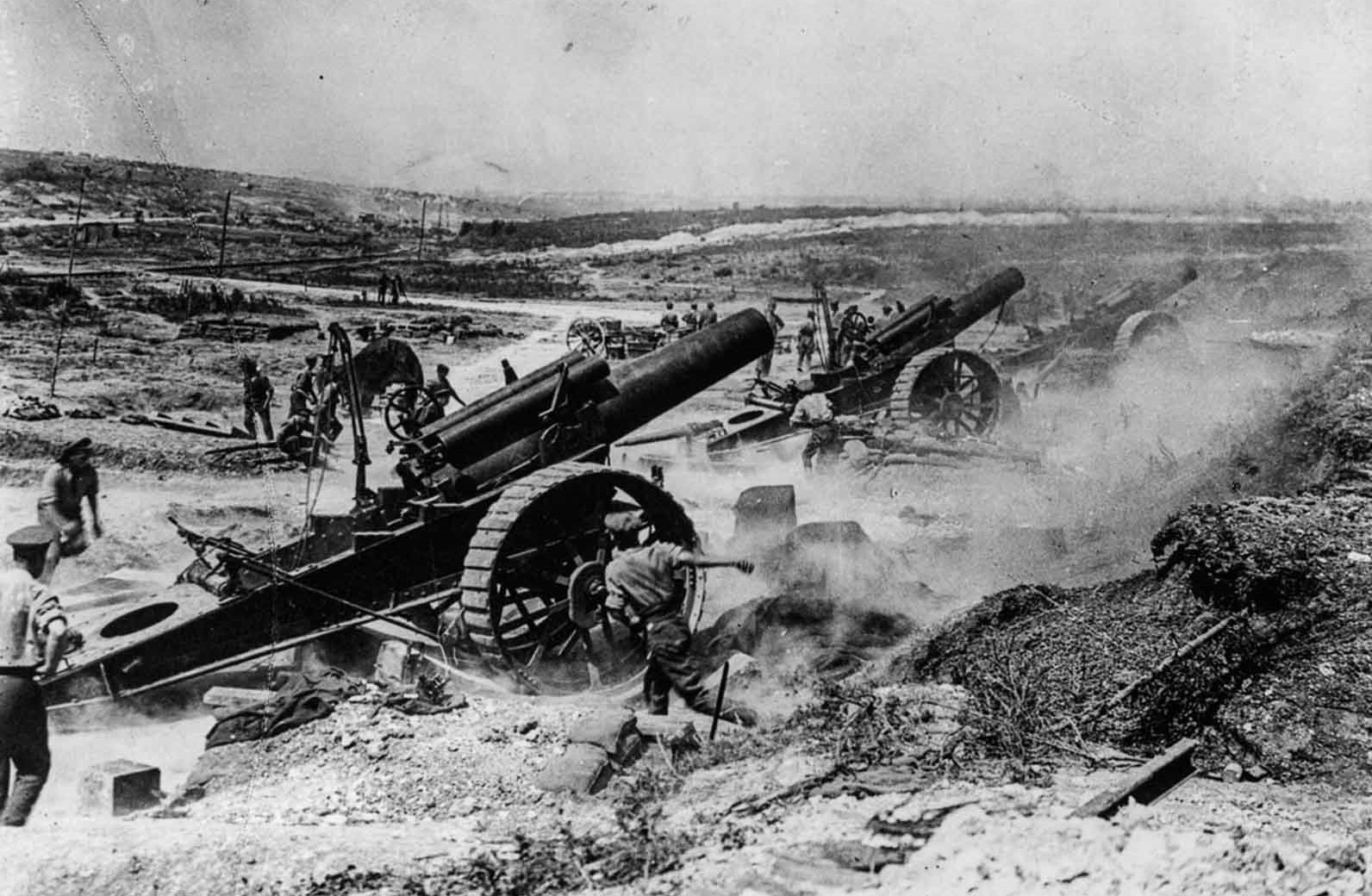
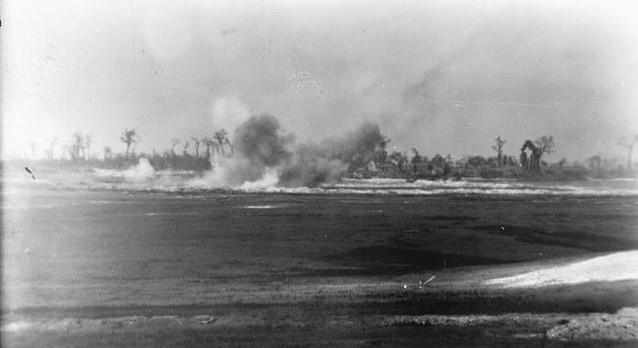
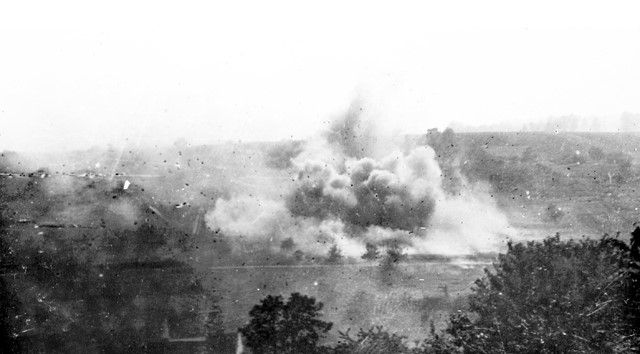
As planned, the British guns pounded the Germans lines and reserves for five days in the largest bombardment of the war, to date. By the fifth day the German trenches were unrecognizable. The surface looked like the moon.
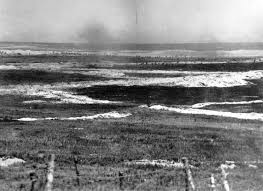
At 7:20 AM on July 1st the British underground mines blew up, creating a massive explosion and blowing great craters in the German lines. Ten minutes later the first wave of British attackers climbed out of their trenches, advanced in long lines across No Mans Land, and disappeared into the gun smoke caused by the artillery and exploding mines . The second wave followed shortly after.
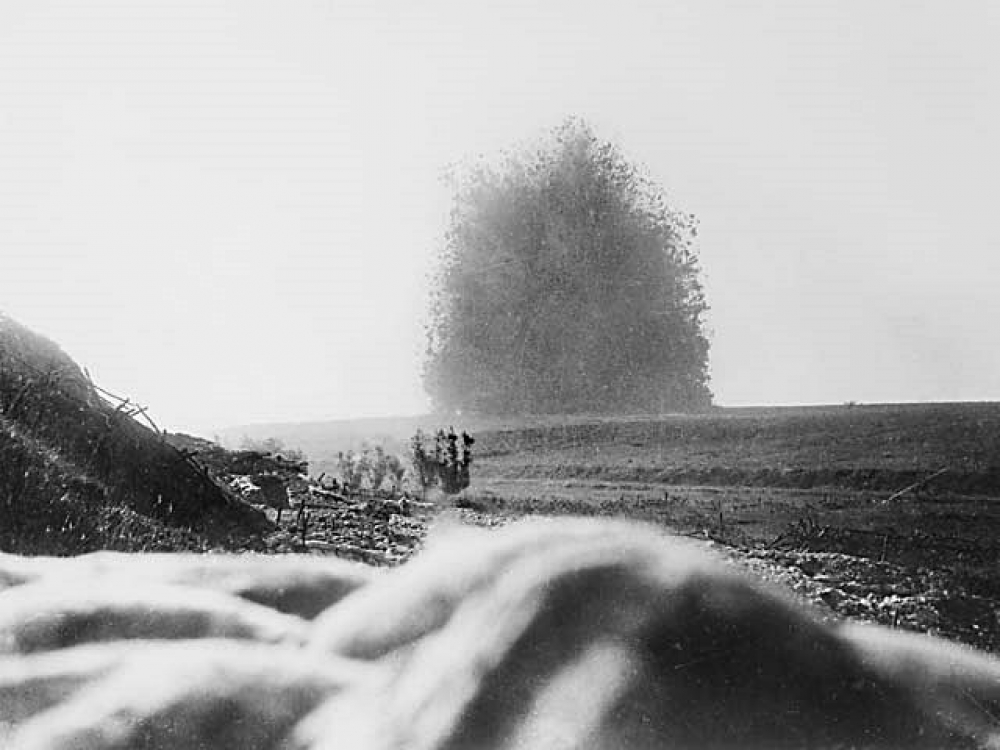
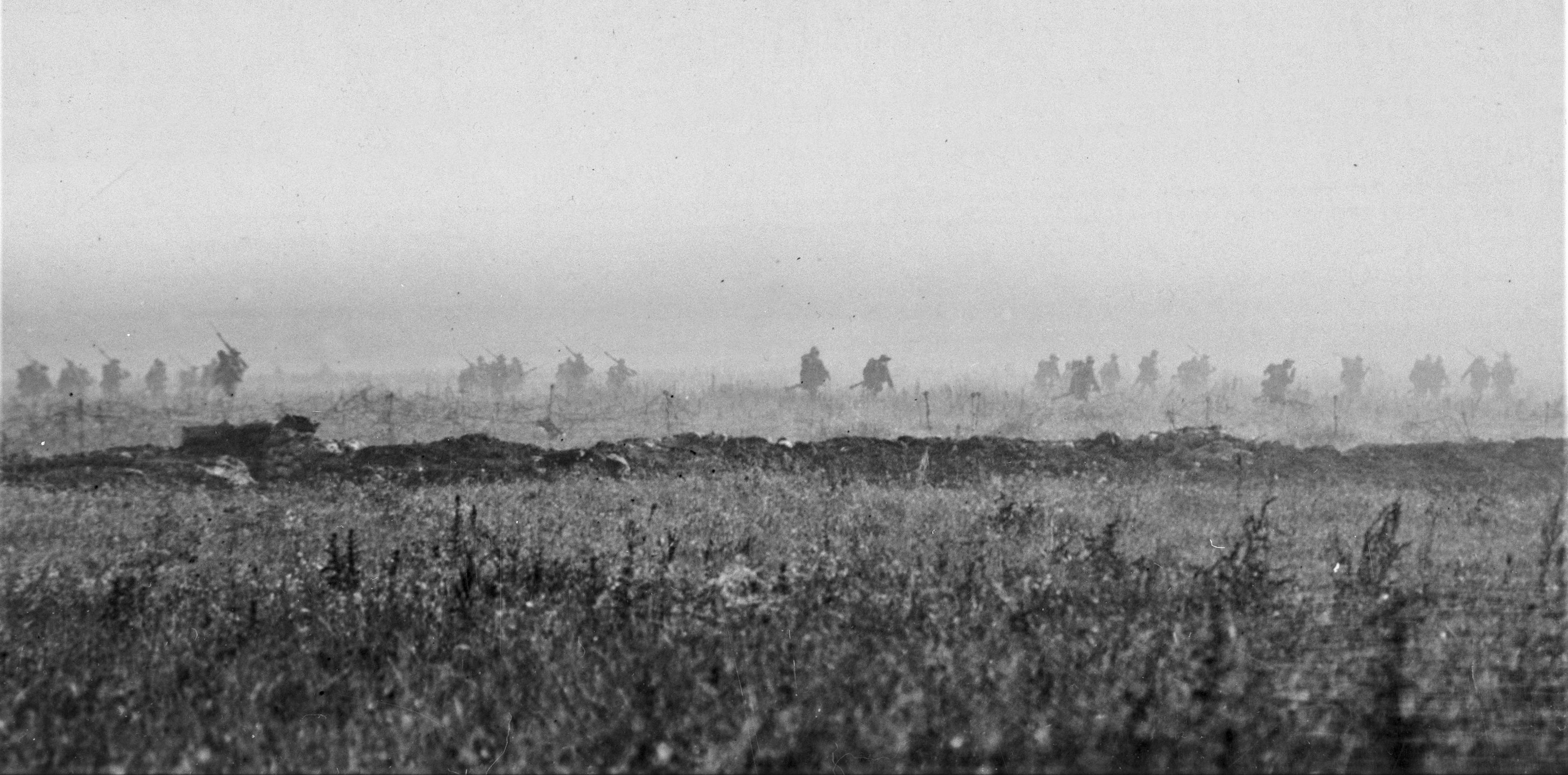
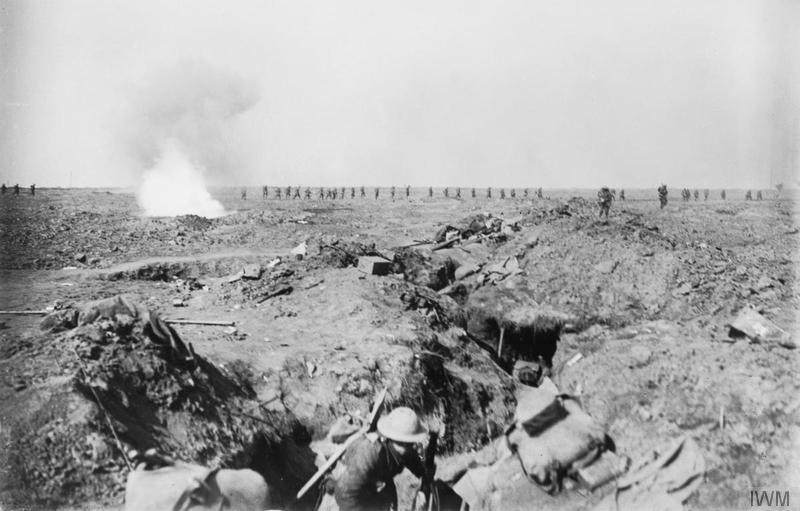
The result was a slaughterhouse. The British artillery shells lacked the power to penetrate the German bunkers. The German soldiers experienced a terrible week trapped underground but they were still able to fight effectively. The shells also failed to destroy the complex German barbed wire defences. The ten minute delay in the British attack after the explosion of the mines allowed the Germans to rush out from their bunkers and set up their machine guns and row of riflemen.
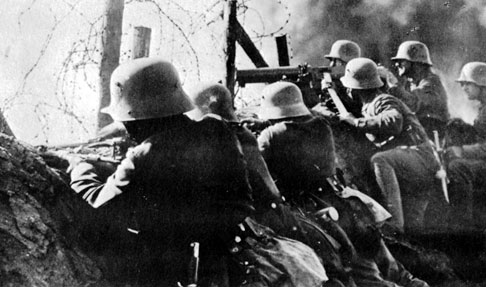
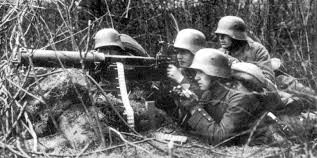
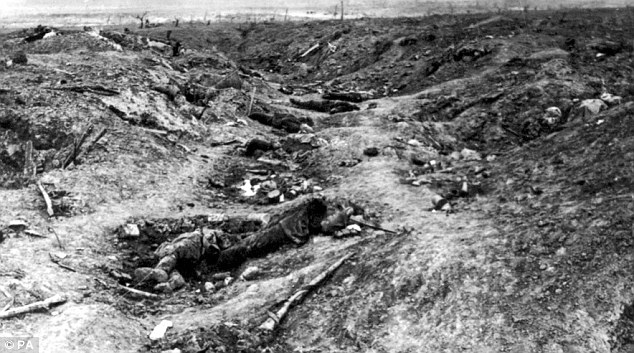
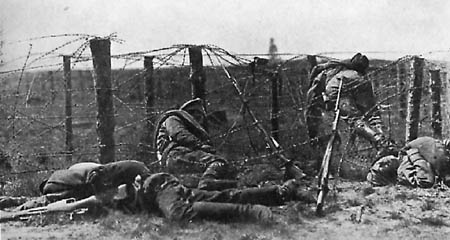
The first wave of Allied troops left their trenches at 7:30. They were overwhelmed by a devastating barrage of German artillery and machine gun fire. Most of the men were killed or wounded within in minutes. The second wave of troops left their trenches soon after and met the same fate. Those few who made it as far as the German barbed wire discovered to their horror that it was still intact. Men were mown down in rows as they tried to cross the wire. By the end of the day the British Fourth Army had suffered over 57,000 casualties, including 19,000 killed. No Mans Land and the British trenches were filled with the dead and dying.

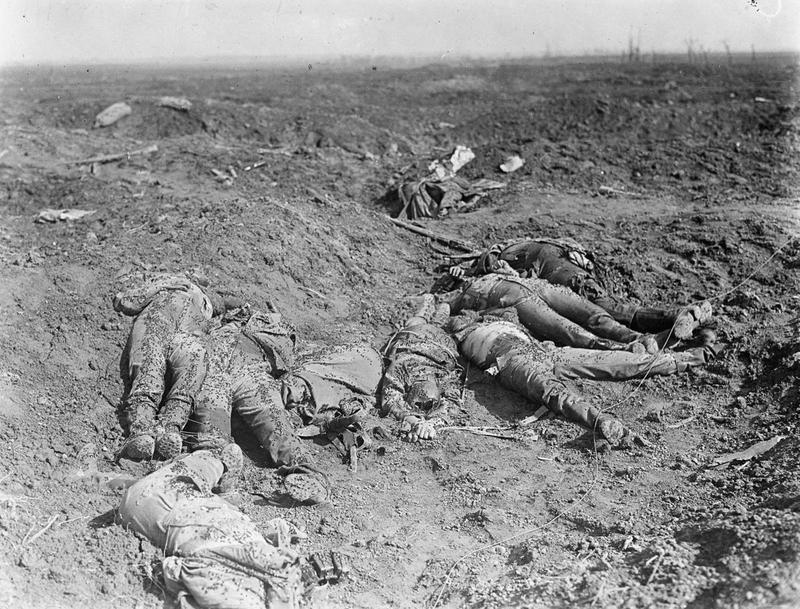
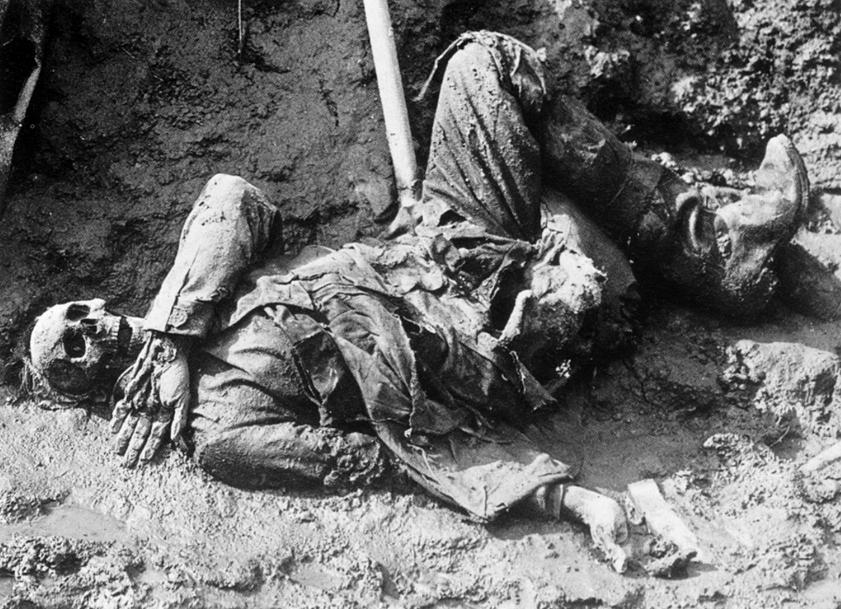
Further to the south the initial British and French attacks were successful and the Germans were driven out of their front trenches. Over the next six months the British and French would launch 14 further attacks. By November they had pushed the Germans back only 10 kilometers at a cost of over 600,000 Allied casualties and a further 600,000 German casualties.
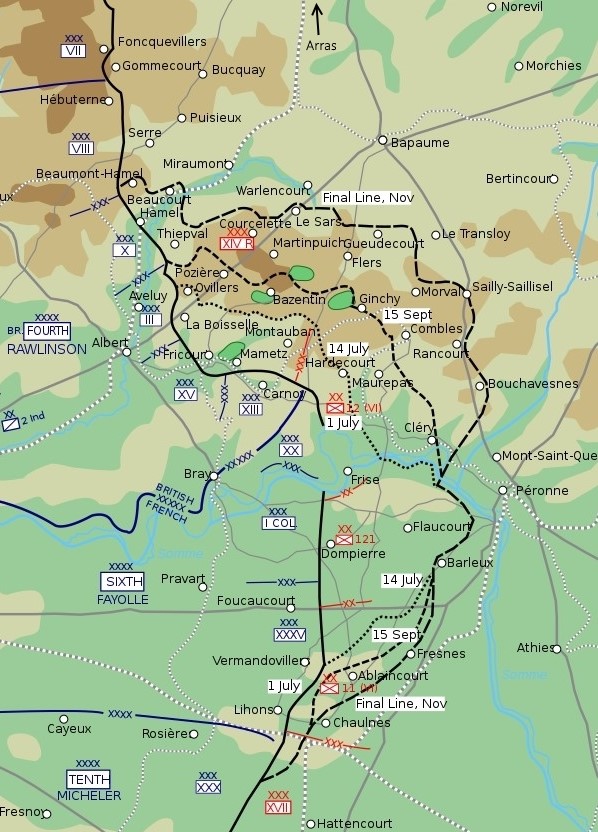
Here is a recreation of one of the later British attacks at the Somme from the film "The Somme" (2005):
British "Over the Top" from "The Somme (2005) 3:16